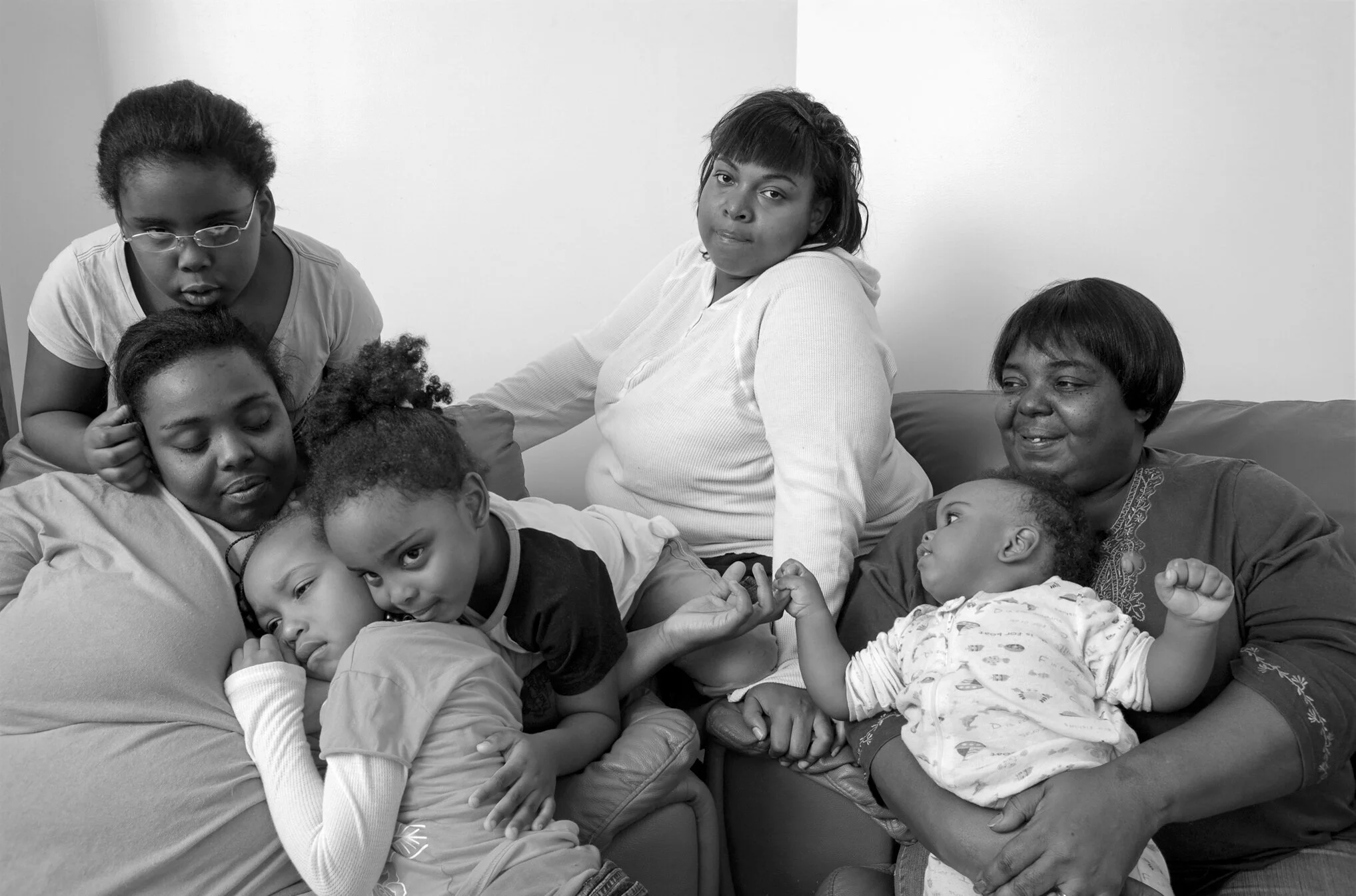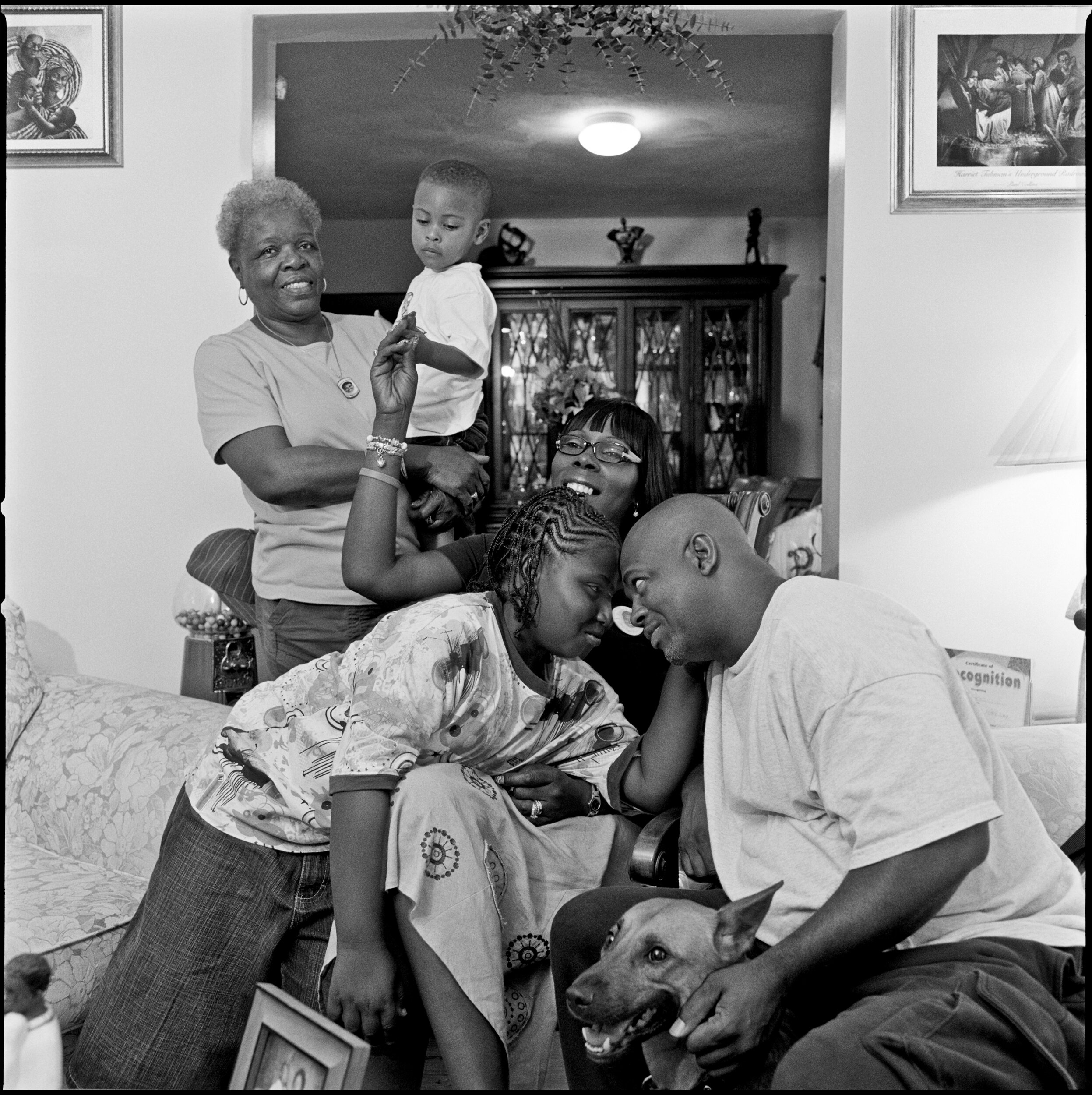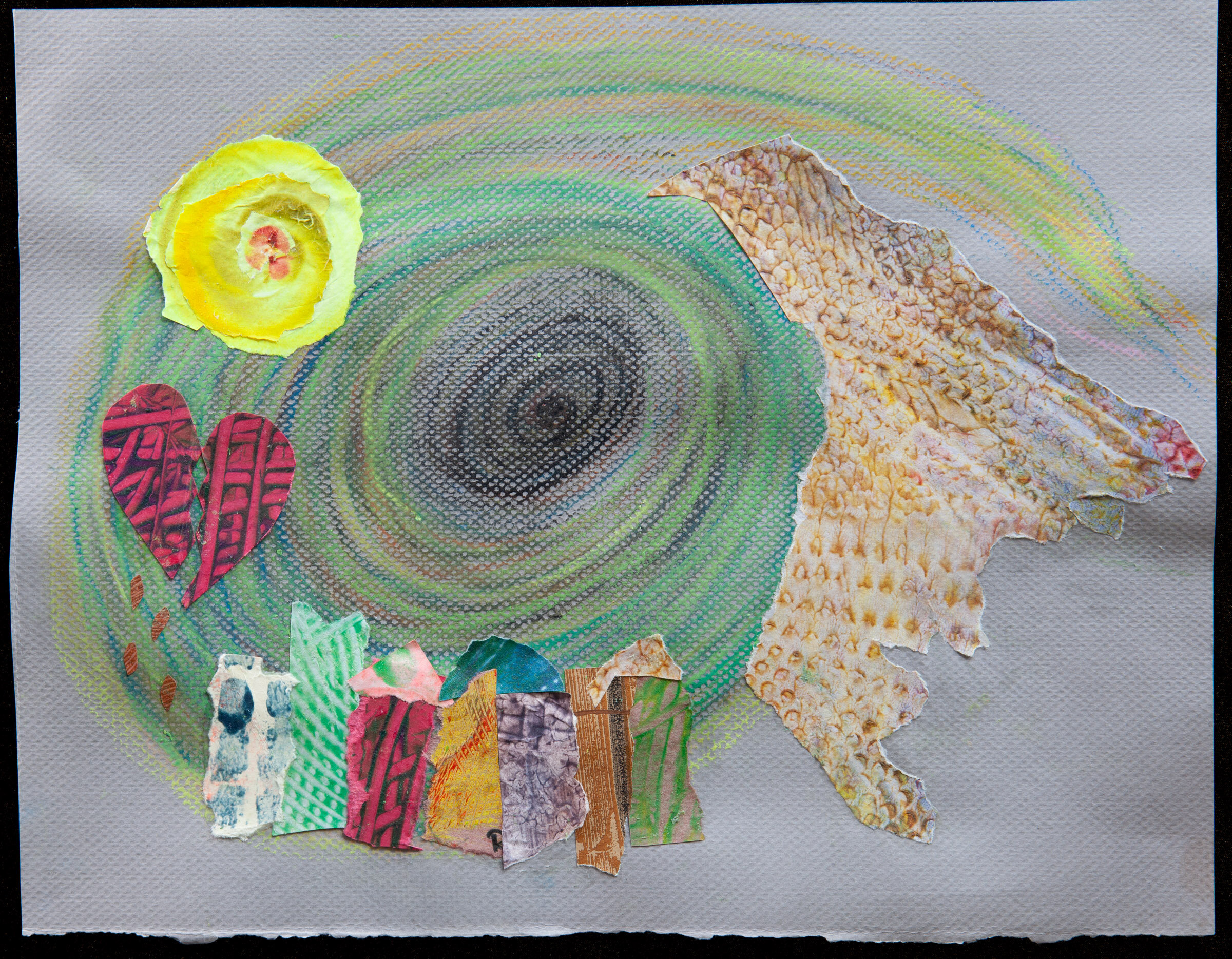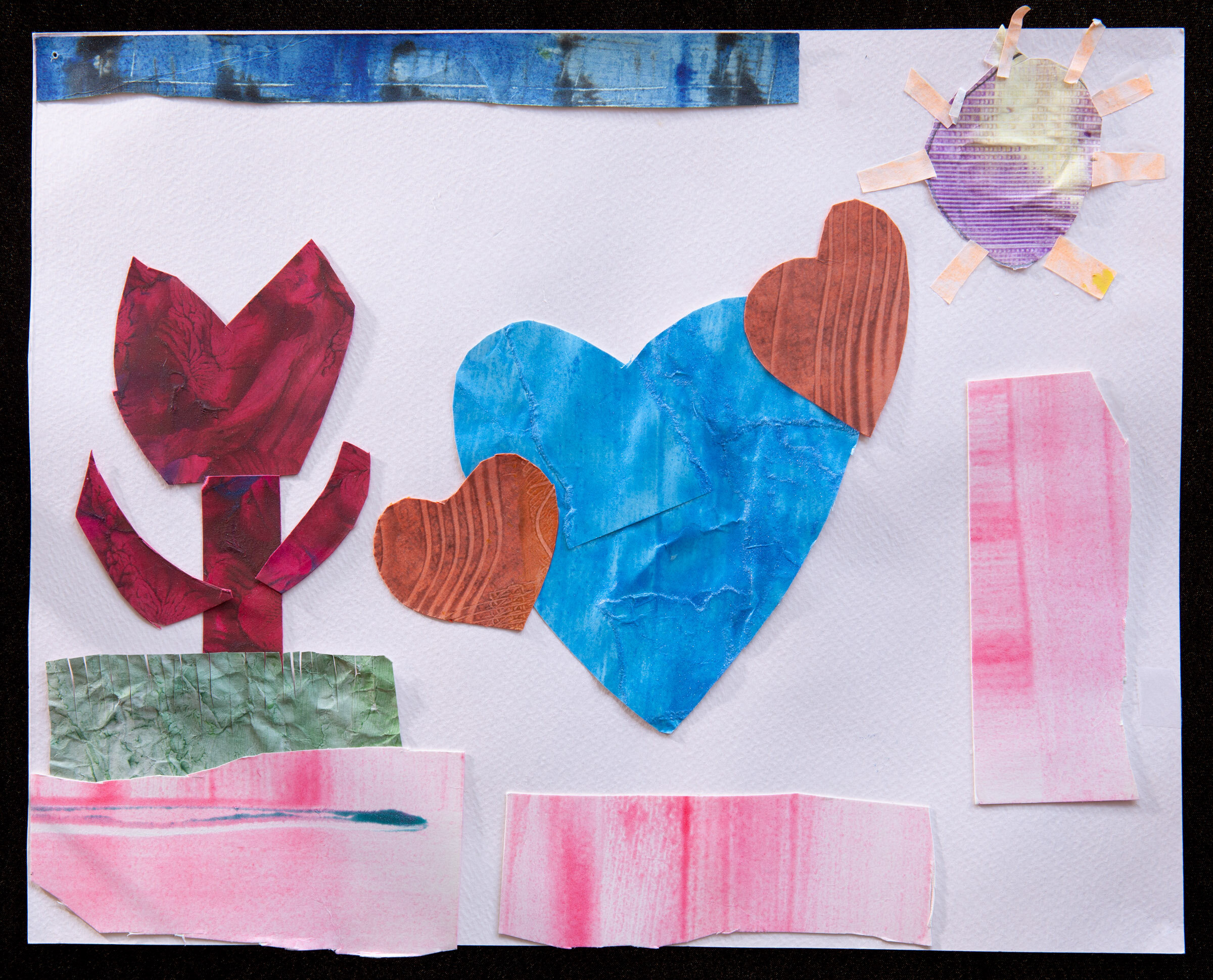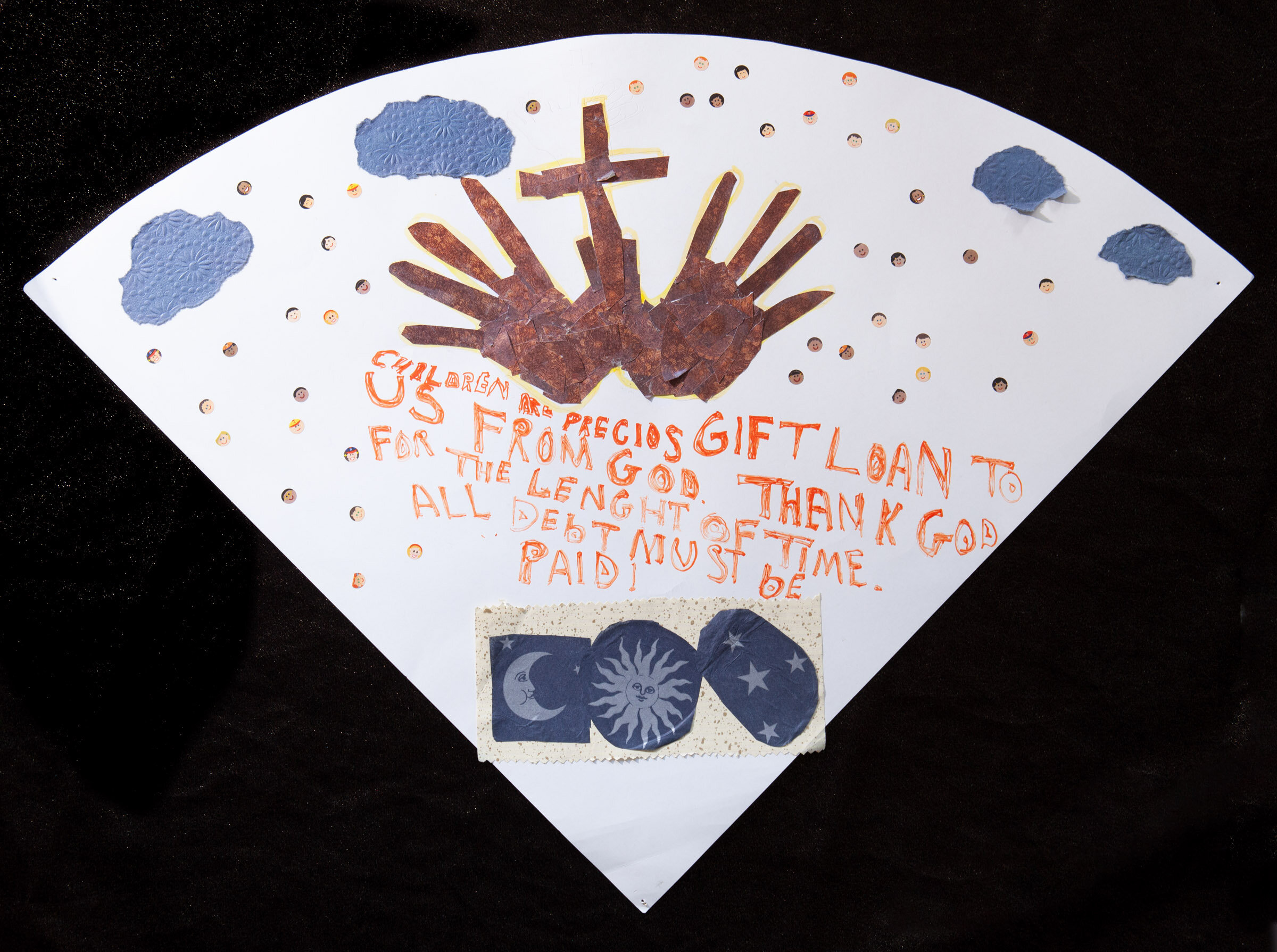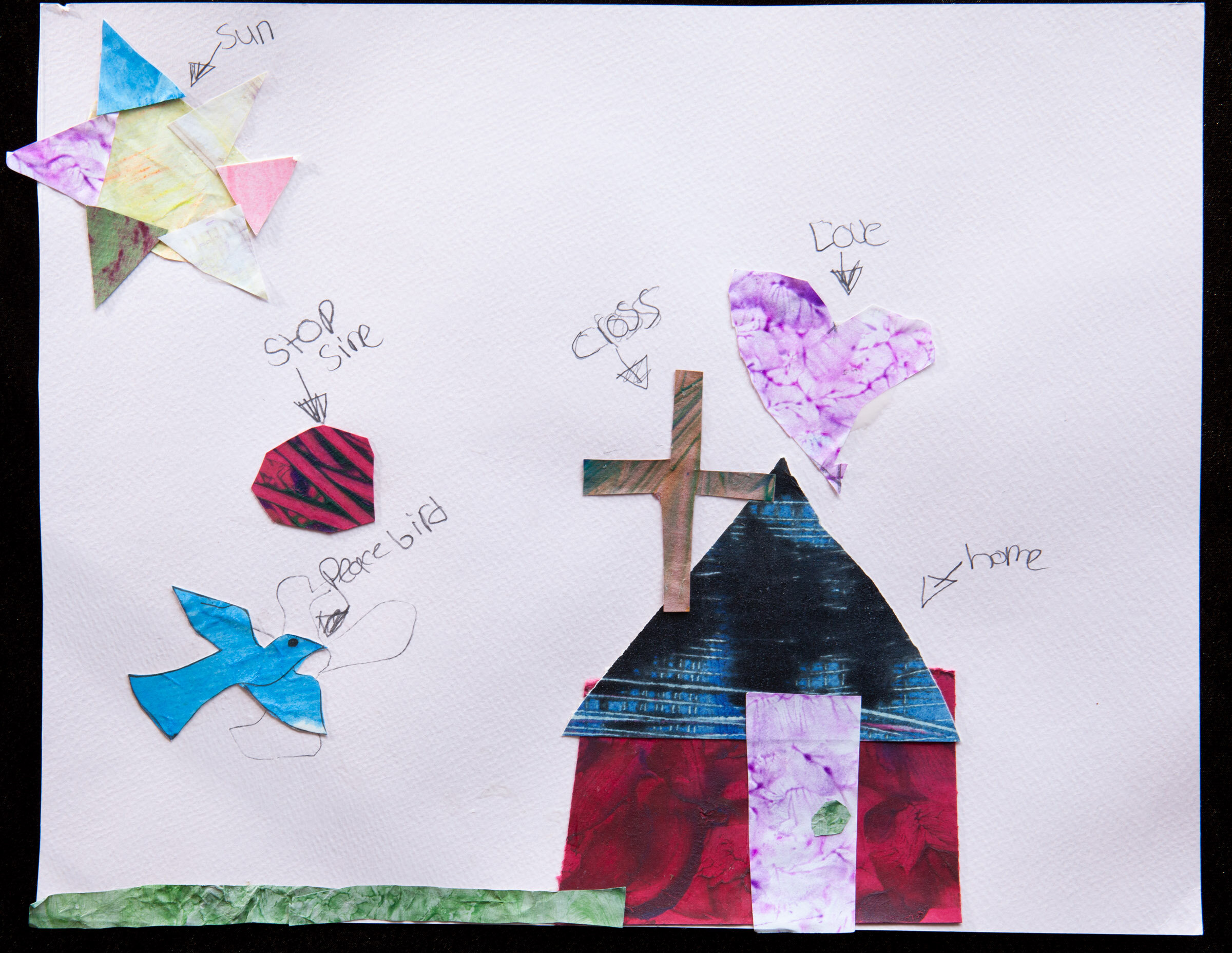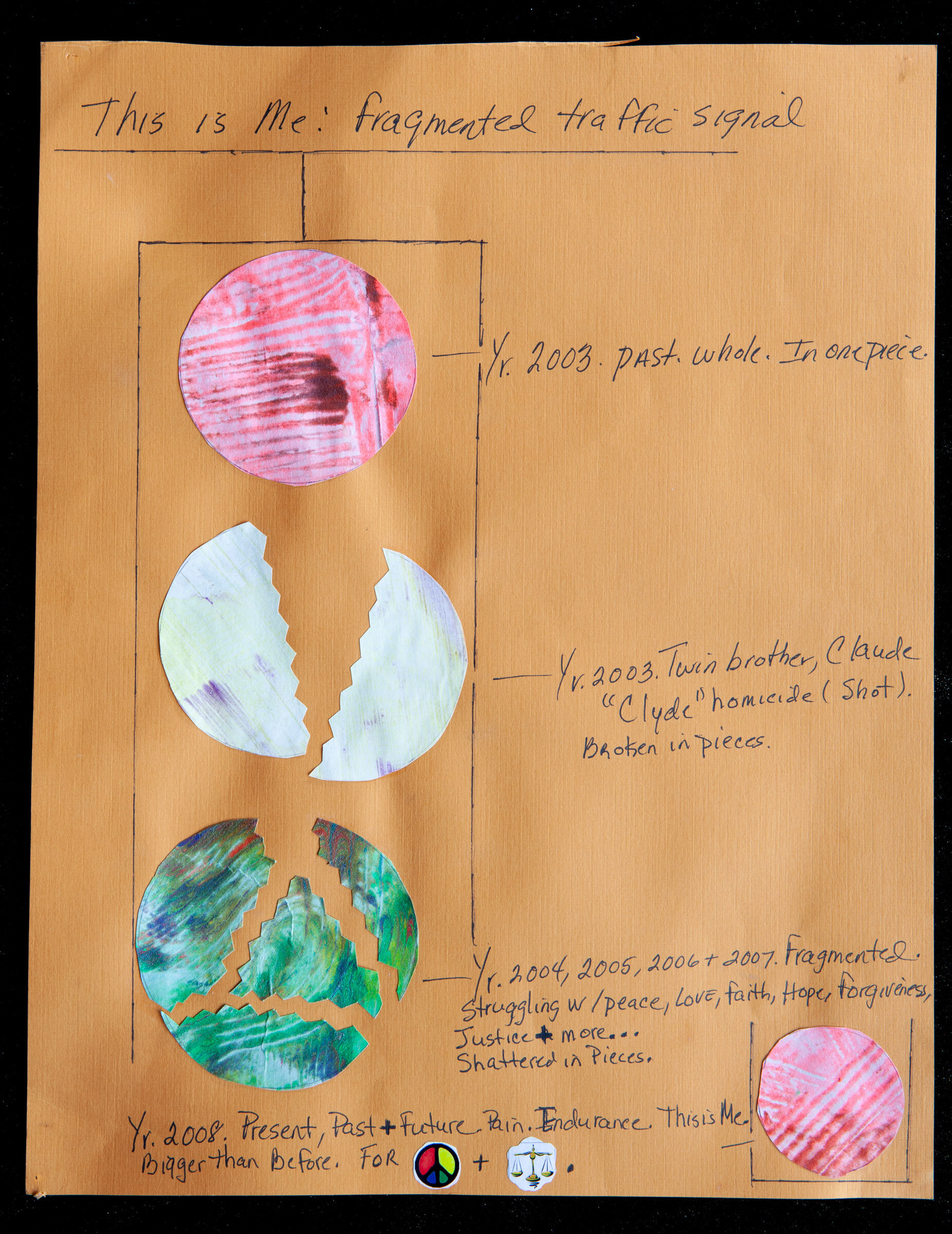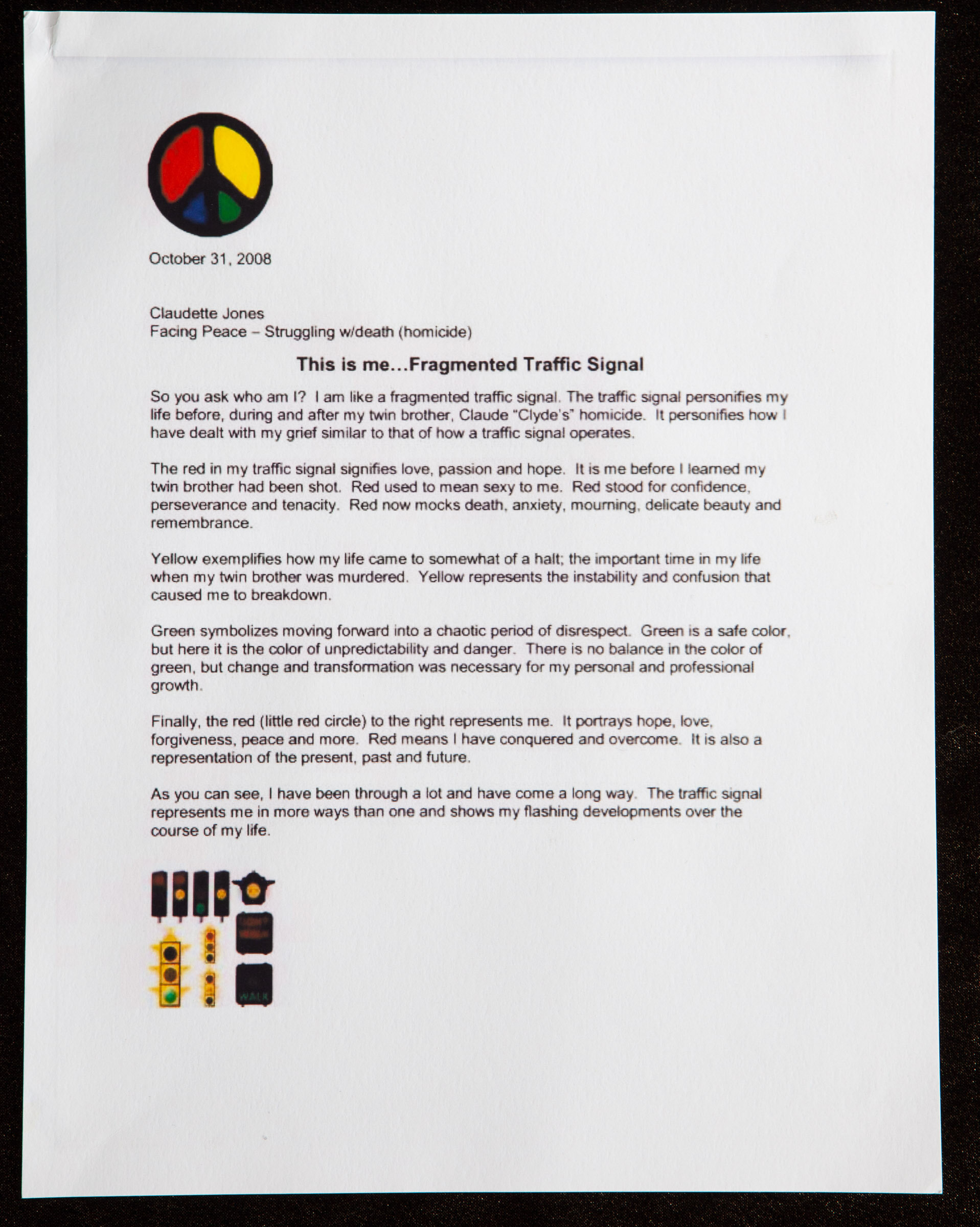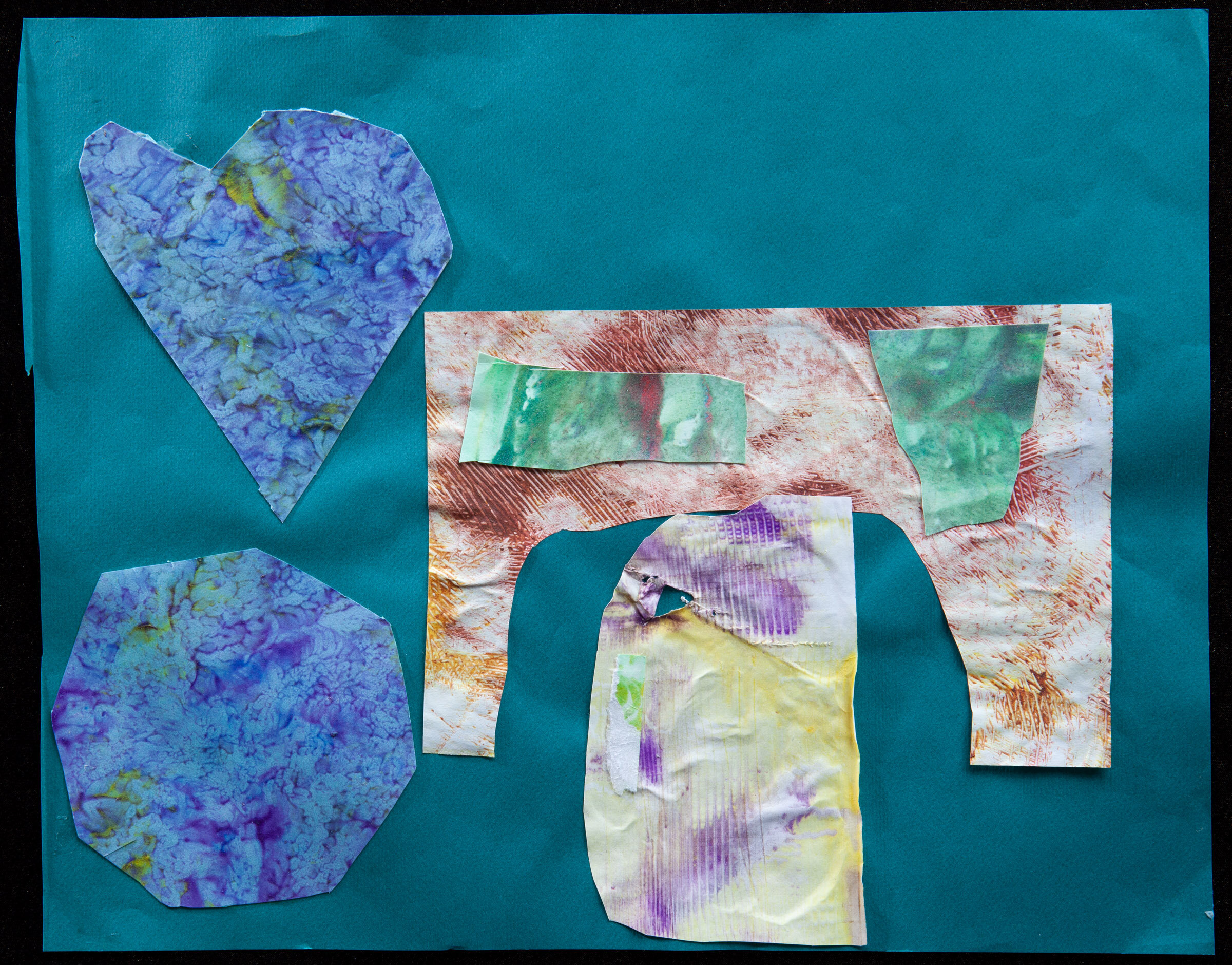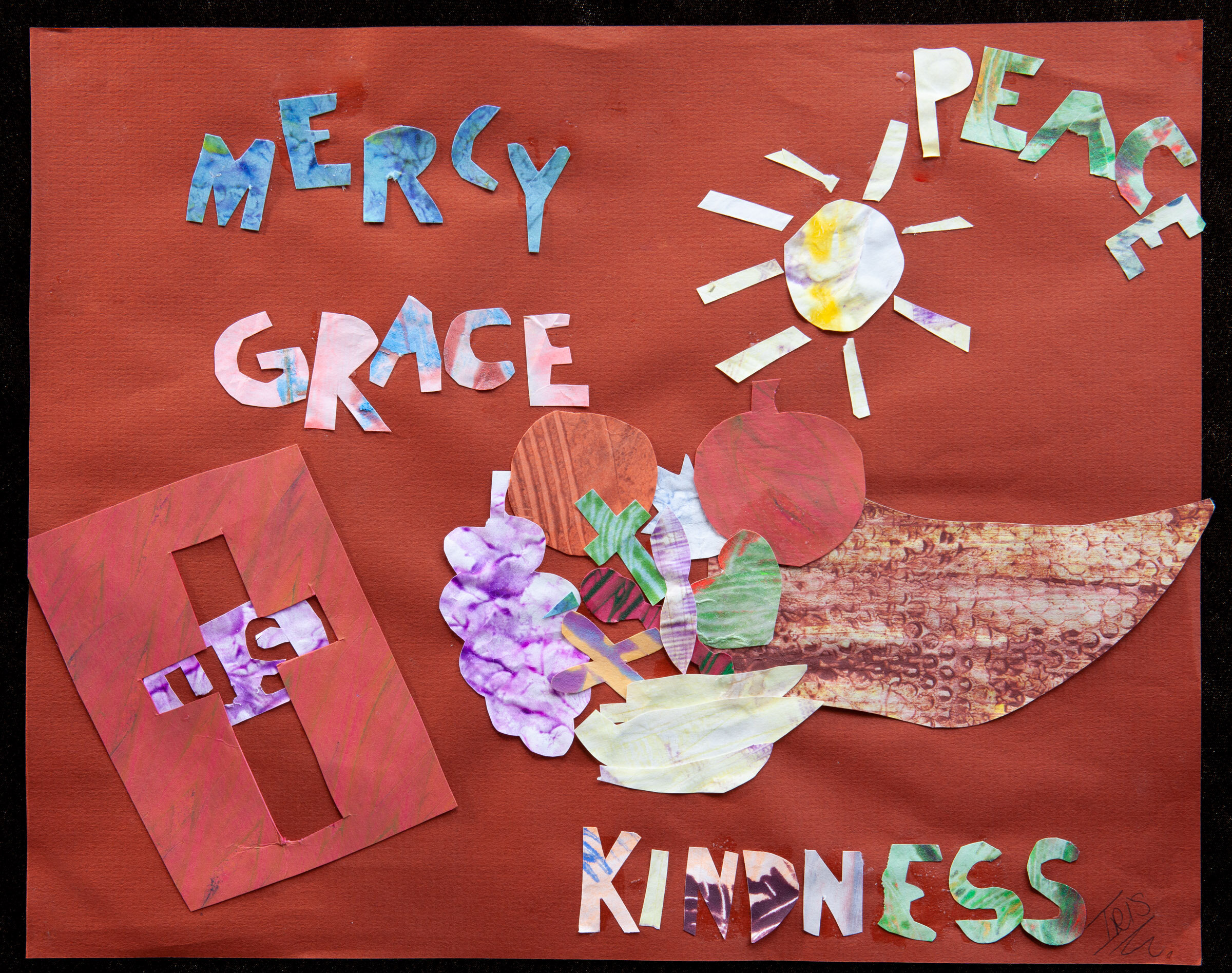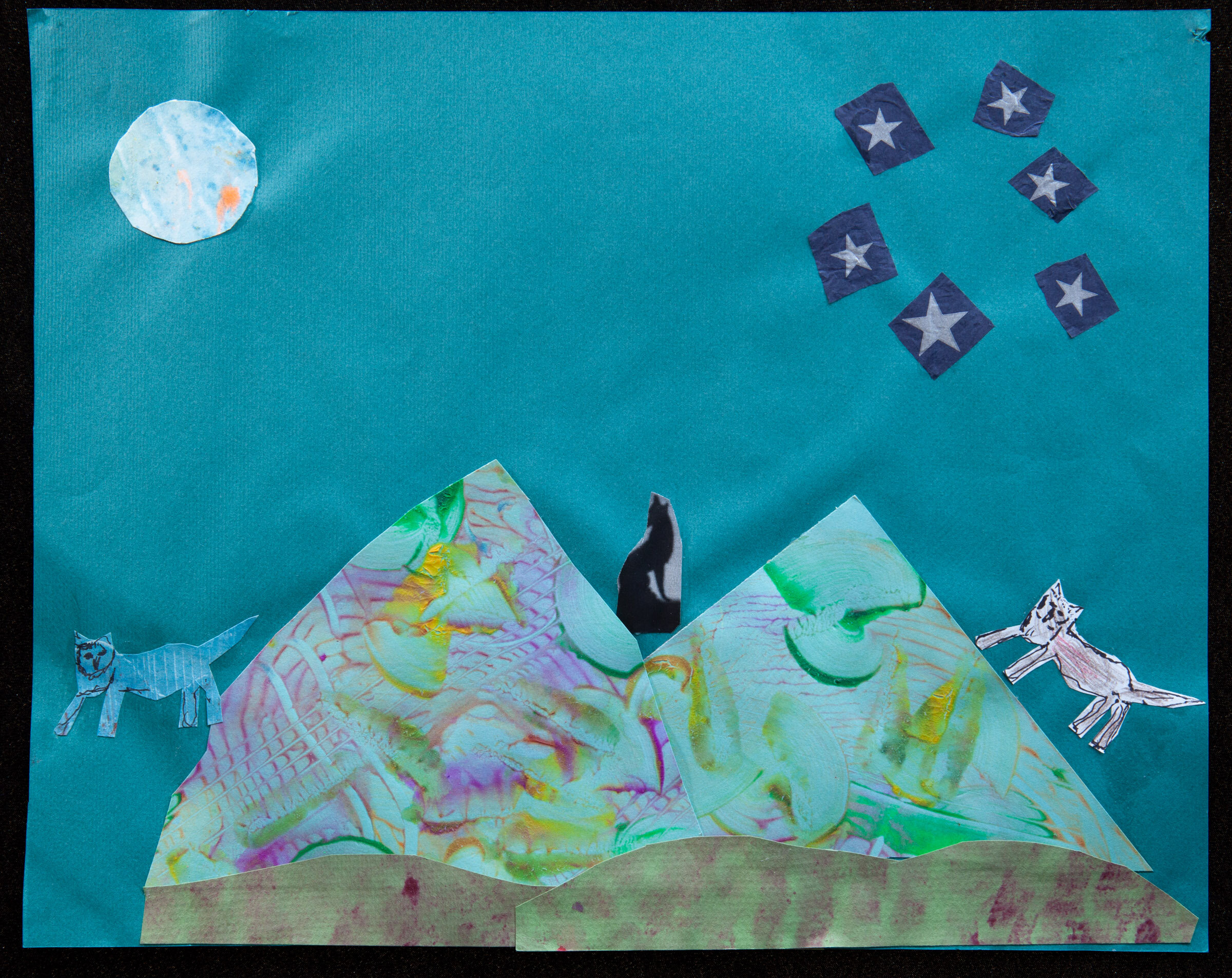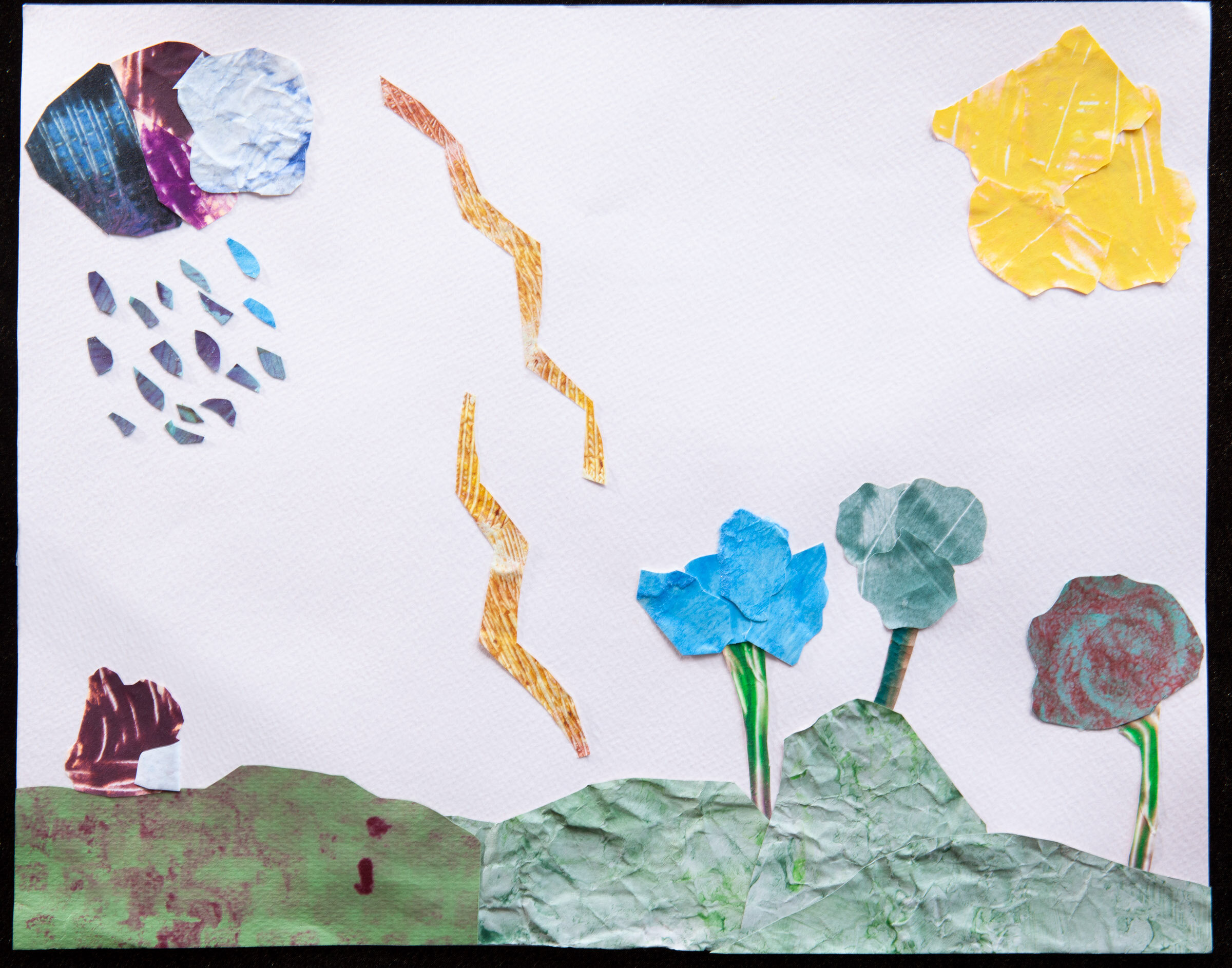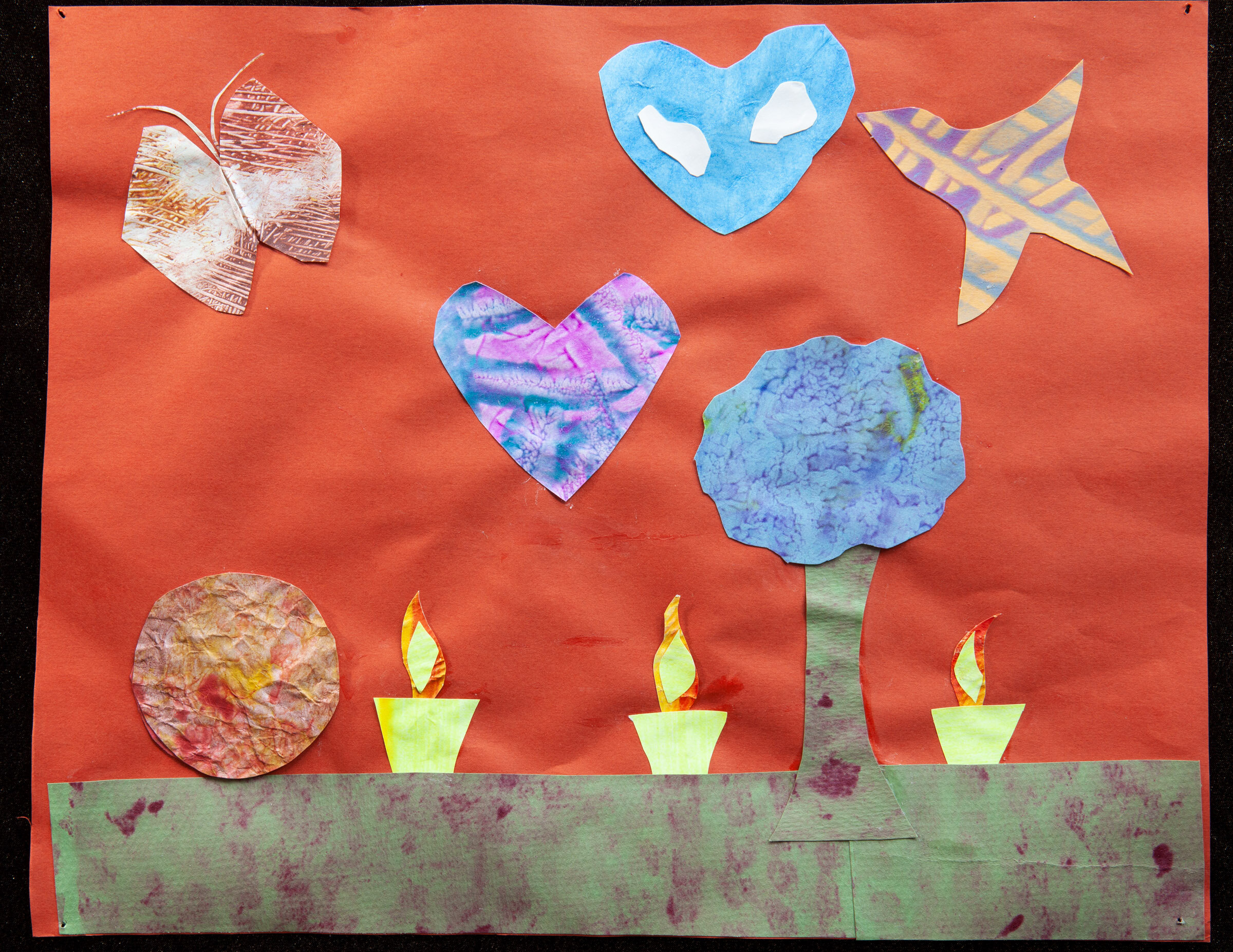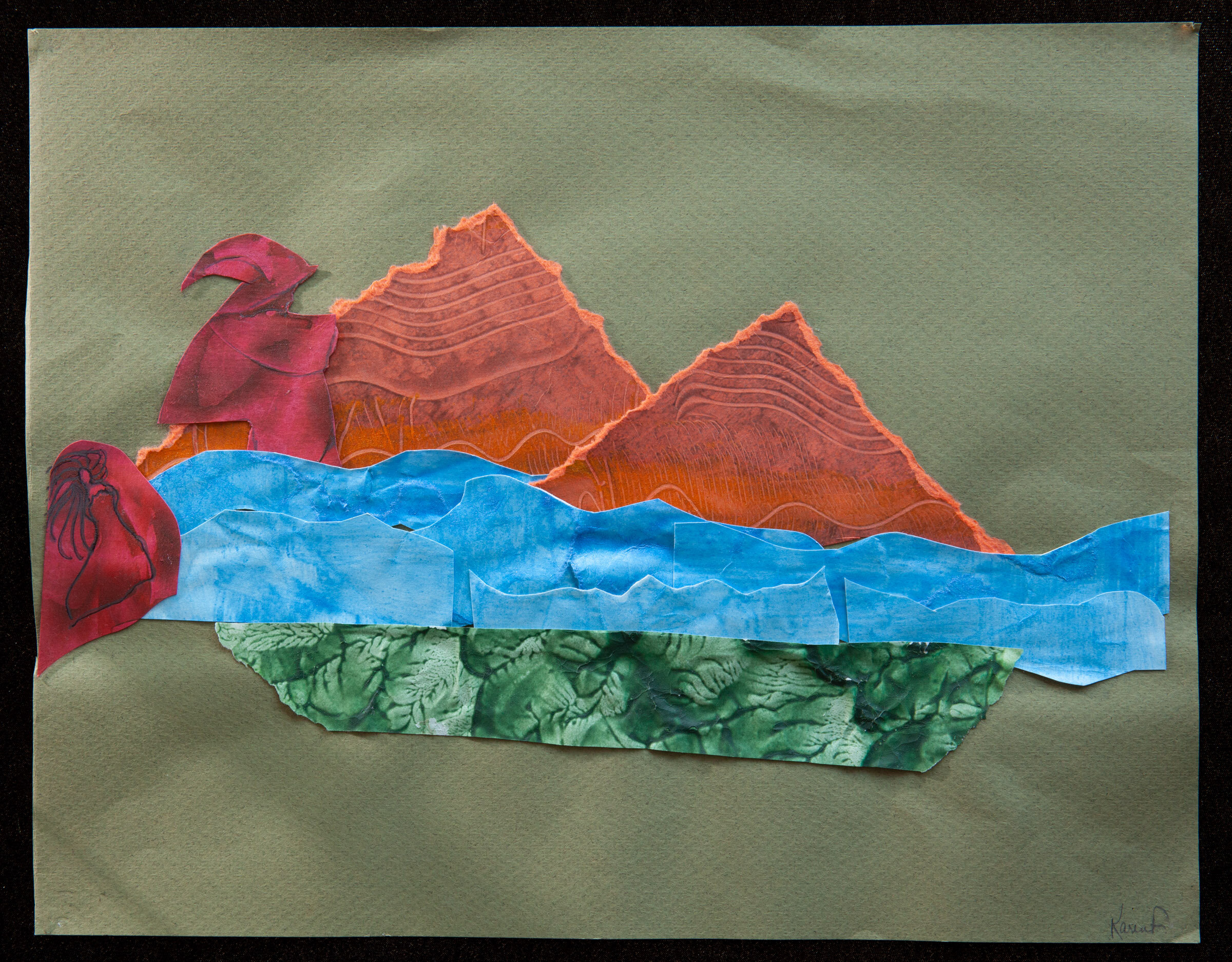FACING PEACE • Struggles, Strengths, Strategies of Families Surviving Violence is a project made in collaboration with the Louis D. Brown Peace Institute.
Family of Robert Perry 1975-2002 and Analicia Perry 1986-2006
Family of Steven Odom 1994-2007
Family of Joel Turner 1981-2001 with mediation partners
Mother of Joseph Clarke 1984-2008
Garden of Peace State Memorial for victims of homicide
Family of Antoine De’Eric Perkins 1986-2006
Family of Claude Jones 1982-2003
Mother of Luis Carlvalho 1974-2000 and Christopher Carlvalho 1979-2007, Mother of Bobby Mendes 1972-1995 and Mathew Mendes 1981-2006, Mother of Larry Andrade 1972-1996
Family of Khan Lee 1981-2000
Mother of Victor Rose 1980-2005
Family of Gregory Cormier 1974-1994
Family of Eric Paulding 1981-1997
Family of Eric Paulding 1981-1997
Family of Shaun Tilghman 1975-1999
Family of Collin Burton 1969-1999
Family of Christian Resende 1983-2000
Family of Eric Whitney 1971-1999
One year memorial for Steven Odom
Facing Peace
Struggles, Strengths, Strategies of Families Surviving Violence
Louis D. Brown – for whom the Peace Institute is named - was shot and killed on a Boston street in 1993. He was 15 years old. He has been dead for many more years than he lived.
For his loved ones, the past is present still.
I never knew Louis and I never met any of the homicide victims whose families you see here. Facing Peace is not so much about the victims; it is about the families left behind.
I photographed these families in 2000 and 2008. When I reconnected with the Peace Institute I was astonished to learn it had expanded its vision to include all families affected by homicide: families of offenders as well as victims. The families share grief for their children, frustration with the criminal justice system, and a hunger for peace. The Peace Institute has embraced their community in a holistic way.
This work was a catalyst for two streams of activities. First, Peace Institute staff and I made home visits to discuss each family’s struggles. The conversations were rich with love and bravery and vulnerability and fear (often my fear). Fathers expressed their feelings in ways their wives and children had not heard before. A 12-year-old shared her terrifying remembrance of an older brother being arrested, and then melted safely in the arms of Peace Institute staff. One mother described why she has reached out to a man involved in her son’s homicide: “to treat him like a human being is to hold him accountable.”
Some photographs were made at the end of the visit, while others were scheduled for another time and place. Several planned meetings and photographs never took place: the healing work of the Peace Institute and survivor families does not proceed in a linear fashion.
Second, families gathered together for art making and fellowship with Peace Institute staff and artist/Professor Robert Shreefter of Lesley University. The families’ artwork is reproduced here.
My photographs and the families’ artwork have opened up a difficult conversation, and I have stumbled many times, as a tourist in an unfamiliar place. Do I say “victim” or “survivor;” “killed” or “lost”;” “offender” or “inmate?” What to make of the spaces between us, differences of family structure or class or culture or faith or race?
The spaces between us grow smaller as we listen to one another. “People do not get it, they think that as time passes things should be okay” says Audrey Brown-Perkins, whose son Antoine was killed in 2006. “You do not know what will trigger emotions… you think you’re in control and you’re not.”
The families here have rejected paths of retaliation, shame and isolation. They are struggling with and finding strength from the Peace Institute’s seven principles: love, unity, faith, hope, courage, justice and forgiveness. They want their murdered children to be valued, regardless of the circumstances surrounding their deaths, and their surviving children to grow up in a safe environment, recognized for their human worth rather than as statistics waiting to happen.
Photographs describe the subject in front of the lens. Yet, what you don’t see here, what is not visible in these portraits, is just as important: the homicide victims, family members who were unable to join us, and other families whose stories resemble the ones here. I hope this work honors them all in our quest to create a vision and a forum for action that is larger than any of us.
The Peace Institute is funded by the families it serves, private foundations, and individuals. Please join us at www.ldbpeaceinstitute.org
